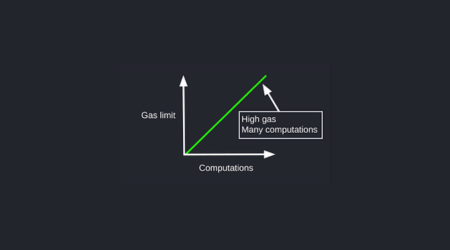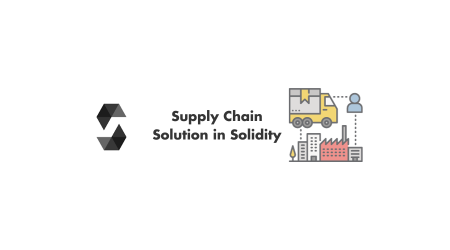Are you ready to dive into the world of Solidity?
In this tutorial, we will guide you through the process of fetching the current block number in Solidity.
Understanding the blockchain architecture is crucial, but it’s the block number that holds the key to unlocking the full potential of this programming language.
Get ready to learn the basic concepts, methods, and advanced techniques for manipulating and handling block numbers in Solidity.
Let’s get started on this exciting journey!
1. Key Takeaways
- The blockchain is a decentralized network that relies on consensus algorithms and miners to add new blocks to the chain.
- Understanding the blockchain architecture is crucial for Solidity programming and the block number allows accurate tracking and verification of transactions.
- There are various methods for efficiently fetching the current block number in Solidity, considering gas costs and unnecessary computations.
- Advanced techniques for block number manipulation optimize smart contract development, allowing for accessing specific blocks and performing time-based operations.
2. Understanding the Blockchain Architecture
Understanding the blockchain architecture can be a bit complex at first. The blockchain is a decentralized network that relies on consensus algorithms to validate transactions and maintain its integrity.
Miners play a crucial role in the blockchain network by solving complex mathematical problems to add new blocks to the chain. This process ensures that transactions are secure and transparent.
Now, let’s delve into the importance of the block number in solidity programming language and how it relates to the blockchain architecture.
3. The Importance of Block Number in Solidity
The significance of knowing the block number in Solidity is that it allows for accurate tracking and verification of transactions. Understanding the block number has several applications in smart contract development.
It can be used to implement time-based functionalities, such as locking funds for a specific period or triggering events at certain block heights. However, relying solely on the block number for contract functionality has limitations, as it doesn’t account for potential forks or reorganizations in the blockchain.
Now, let’s delve into the basic concepts of block number fetching in Solidity.
4. Basic Concepts of Block Number Fetching in Solidity
One of the fundamental concepts in Solidity is how to fetch the block number using contract functions.
Retrieving block numbers in Solidity can present some common challenges, such as the need for accurate and up-to-date information.
To optimize block number fetching in Solidity, it’s important to consider gas costs and avoid unnecessary computations.
In the subsequent section, we’ll discuss methods for fetching the current block number without compromising efficiency.
5. Methods for Fetching the Current Block Number
To optimize block number retrieval in Solidity, it’s important to explore various methods for fetching the current block number efficiently. Real world applications of block number in smart contracts include timestamp verification, randomness generation, and preventing replay attacks.
However, accurately fetching the current block number in Solidity poses challenges due to the asynchronous nature of the blockchain and the potential for reorganization.
In the next section, we will delve into advanced techniques for block number manipulation in Solidity to overcome these challenges.
6. Advanced Techniques for Block Number Manipulation in Solidity
In Solidity, it’s crucial to explore advanced techniques for manipulating block numbers efficiently in smart contract development. By utilizing these techniques, you can optimize the performance and functionality of your contracts.
Block number manipulation allows you to access specific blocks, calculate block durations, and perform time-based operations. Understanding the intricacies of block number manipulation is essential for effective smart contract development.
Now, let’s delve into the best practices for block number handling in Solidity.
7. Best Practices for Block Number Handling in Solidity
Now that you’ve learned advanced techniques for manipulating block numbers in Solidity, let’s discuss best practices for handling them. When using block numbers in your smart contracts, it’s important to optimize the fetching process to improve efficiency and reduce gas costs. To achieve this, consider the following:
- Implement caching mechanisms to store previously fetched block numbers and avoid redundant calls.
- Utilize event-driven programming to minimize the need for frequent block number fetching.




